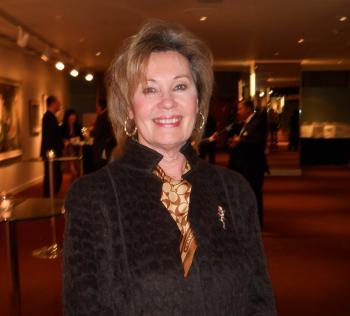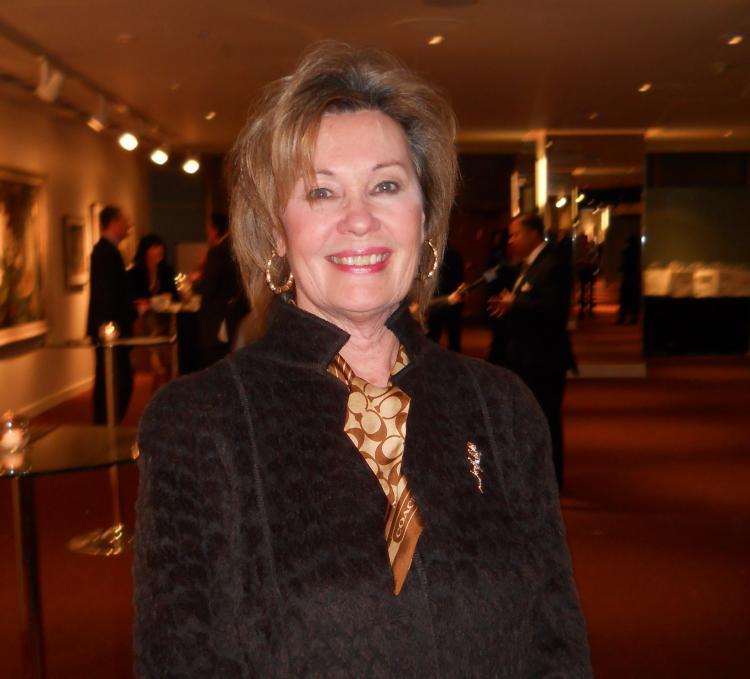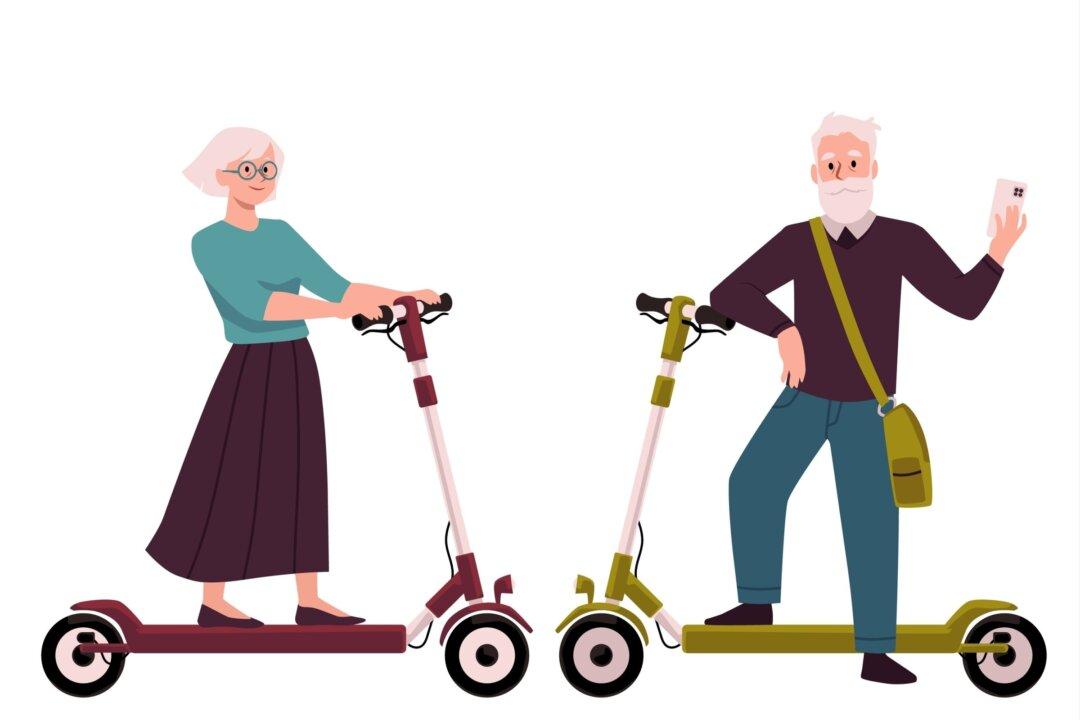TORONTO—Vanessa Harwood, former principal dancer for the National Ballet of Canada, took in Shen Yun Performing Arts for the fifth year in a row, this time at Sony Centre for the Performing Arts.
After Thursday night’s Toronto debut, Ms. Harwood, principal dancer with the National Ballet from 1970 to 1987, again affirmed the discipline and skill of Shen Yun’s dancers. But this time she wanted to mention the music of the show as well.
“I always talk about the dance and never talk about the music, but it’s because I’m always so bowled over with that,” she said of Shen Yun’s synchronized dancing.
“But you know I love the erhu, I love it. So beautiful, isn’t it? So mystical and so romantic.”
The erhu is China’s two-stringed violin, an ancient instrument with a haunting sound and surprising range.
Each of Shen Yun’s three touring companies includes one erhu virtuoso. Visiting Toronto with the Shen Yun’s Touring Company is virtuoso Xiaochun Qi, playing “Can you recall.”
Shen Yun also features different ethnic and folk dances as well as classical Chinese dance and vocal soloists.
Ms. Harwood said a lot of work must go in to creating an entirely new lineup of dances each year, and she appreciated that, though she was also glad to see some familiar elements, like dances based on China’s Mongolian folk traditions.
“It’s a different performance every time. I was thinking there’d be something the same, but there really wasn’t. . . . It’s always different choreography, different costumes,” she said.
“So it was nice to see all different things. And then, I always loved Mongolian dancing. I don’t know why, I’ve got this thing for it. . . . The men in Mongolian dancing are very virile and strong and fabulous. And the tricks, I think the men were doing more tricks than before.”
Those tricks are some of the most challenging moves of classical Chinese dance, jumping and tumbling techniques once passed down in China’s royal courts and later borrowed to create what most people today know as gymnastics and acrobatics.
Celebrated Ballerina Sees the Hidden Effort Behind Shen Yun’s Success
Vanessa Harwood, an Officer of the Order of Canada and a former principal dancer of the National Ballet of Canada, came to see Shen Yun her fifth year in a row.

Renowned ballerina Vanessa Harwood praised both the dance and the music of Shen Yun. Matthew Little/The Epoch Times
|Updated:







